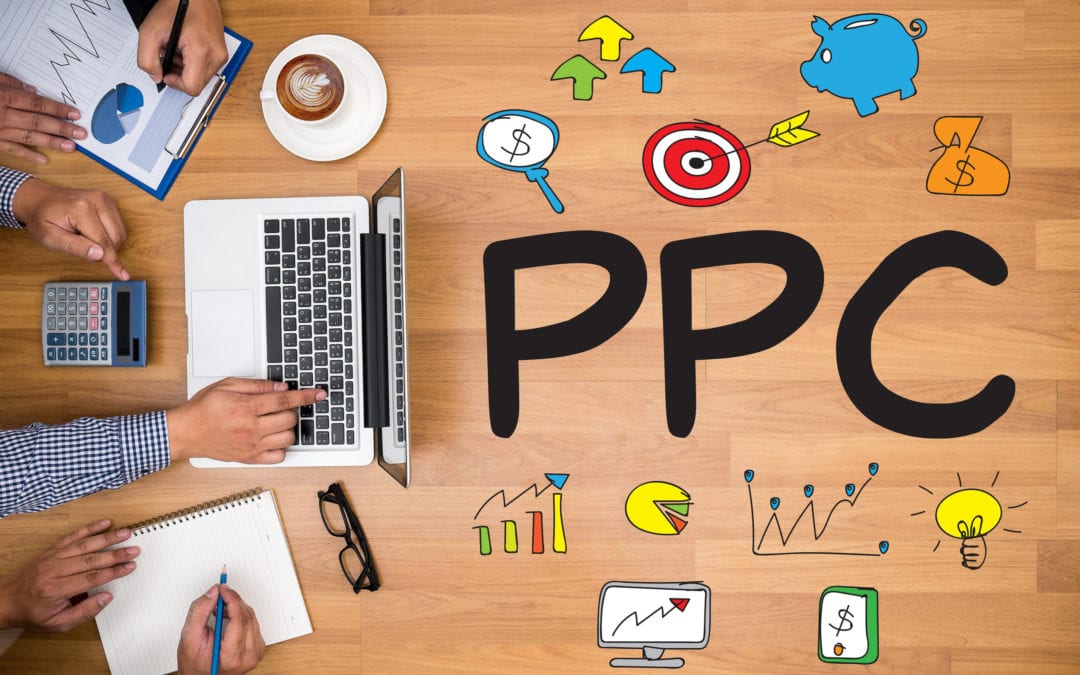
Three Ways to Monitor & Maintain Your Paid Search Account for Maximum Results
Three Ways to Monitor & Maintain Your Paid Search Account for Maximum Results

Written By
These days, all the kids are using Paid Search, especially when you consider that businesses make an average of $2 in revenue for every $1 they spend on Google Ads. It still doesn’t touch email marketing’s ROI though, that’s a topic for another day!
Yet even though Google (and I guess Bing) make it easy to setup and run paid search campaigns, often times people think if you build your paid search account and campaigns, the money will come…without maintaining and monitoring the field. Unfortunately, that’s just not the way the world works.
Lucky for you, &Marketing has put together 3 easy tips for how you can easily manage and maintain your paid search account so that it’s always firing on all cylinders.
1. Review Your Keywords and Search Terms for Each Campaign… Make It a Routine
Take a look at all the keywords you’ve selected for your campaigns. Which ones are performing well, which ones are costing you money? Are any not showing your ads because of poor quality score? Perhaps you need to update your bids to have certain keywords show up on the first page or maybe you need to change your keywords match type from “Broad” to “Phrase” or “Exact.”
For more information on keyword match types, check out this handy article.
Regardless of what the data says, it’s important to regularly review the performance of your keywords as they will most greatly impact your campaigns.
Another option for keyword maintenance is to review the search terms for which your ads have shown up. Unless you’ve listed your keywords as “exact” match, chances are your ads have shown for search terms that aren’t currently listed as keywords in your campaign. This can be a good thing, as you may find search terms that are closely related to your campaign and ads. Also, you may find terms that are converting that you can not only add into your campaigns, but can also add to your ad and landing page copy.
However, this can also be a bad thing if your ads are showing up for a term that isn’t related to your business. For example, in a past life I was running ads for a company that created antennas for LTE and sub-GHz applications. We tried phrase matching with a modifier on the term antennas but still saw search terms for HD TV antennas, something we didn’t sell. It’s important to regularly review your search terms and mark any keywords that don’t apply, as negative keywords. Meaning your ads will never show for those terms.

2. Create new ads
Look at the ads that are converting and the ones that are not and create variants in new formats. Perhaps some ads need to be paused so your more successful ads are shown more. Be sure to try display and responsive search ads. Some people argue that display ads aren’t effective, but perhaps your product or service is better explained through visual means. Also, look at click through rates. Are any of your ads achieving high CTR’s, but aren’t converting? Why is there a disconnect? Does the ad not match the landing page? Try new headers and callouts, test them against high converting options and see if there is a difference in performance.
Another aspect to review is the tone of the ad. Does it match with what your audience is expecting? Some our clients use more informal, exciting messaging through their ads because their brand, their offerings, and their audience expect that. Others are more formal and proper, because that’s what their brand reflects.

3. Update your Account Structure
Can your keywords be grouped together into new ad groups to create more relevant ads or landing pages? Or is one ad group eating most of your campaign budget, therefore it could be given its own campaign? Maybe one campaign is doing very well in the United States, but not well internationally and you can split the two up.
Having an organized account structure will not only help with your quality score, but will ensure that your ads are shown to the right people at the right time. This article from Wordstream does a great job of breaking down the importance and basics of making sure your account structure is sound.
Google Ads is an incredibly powerful marketing tactic that should be in every Marketers toolkit, but it needs to be maintained and monitored. Follow these three simple steps regularly and you’ll have your campaigns consistently optimized for better results.
Have questions about Paid Search or your Google Ads campaigns? We’d love to help! Contact us today for a FREE review of your Google Ads account.
About &Marketing
In today’s fast paced world, many growing businesses are struggling to modernize their marketing approaches because either they don’t have the expertise or the bandwidth to do it themselves.
&Marketing provides seasoned marketing strategy professionals and a nimble execution team to help our clients achieve their goals. Our unique partnership model allows us to augment our client’s existing teams or outsource the entire marketing function in an affordable, flexible, and transparent way.







Recent Comments